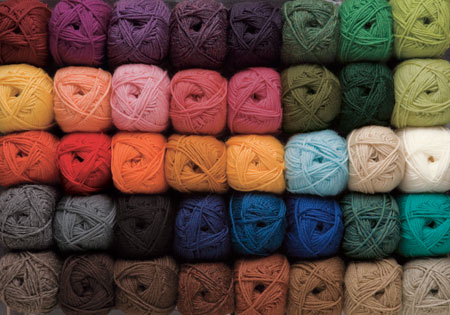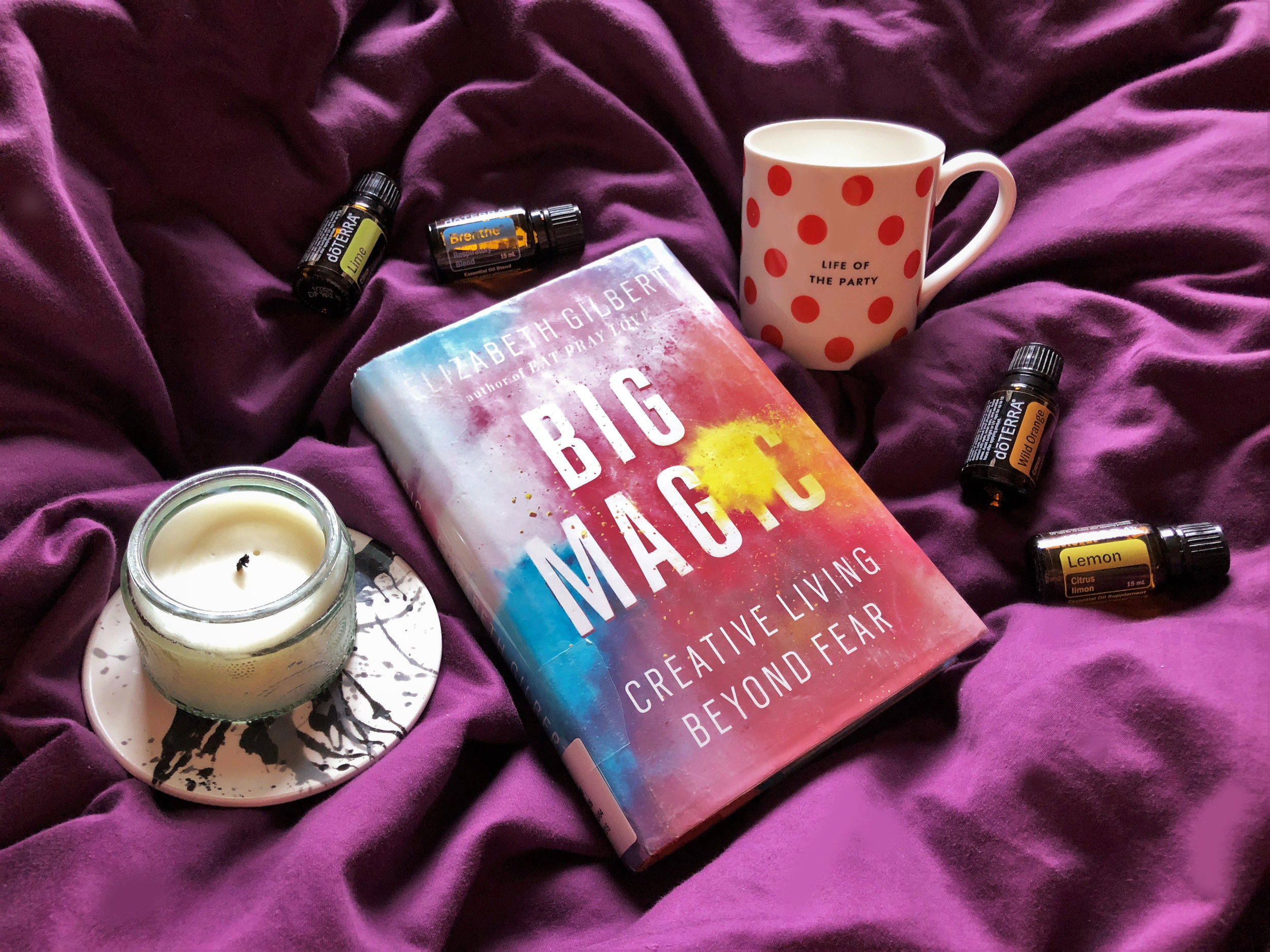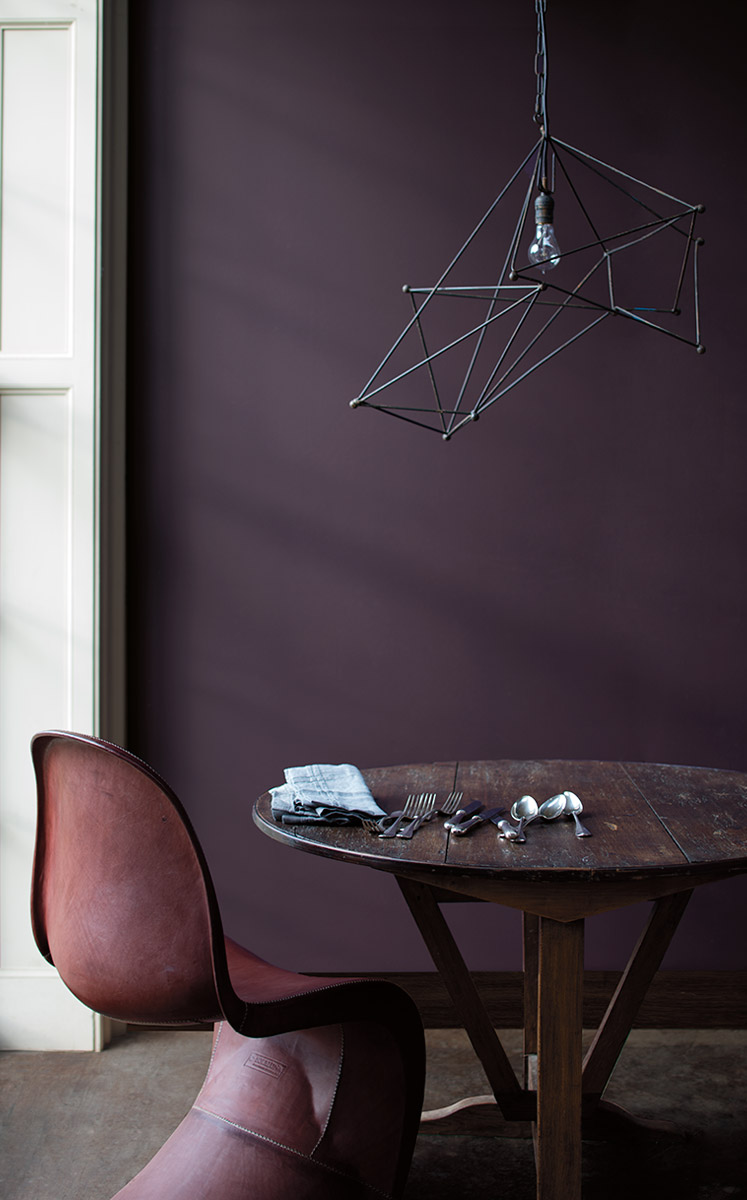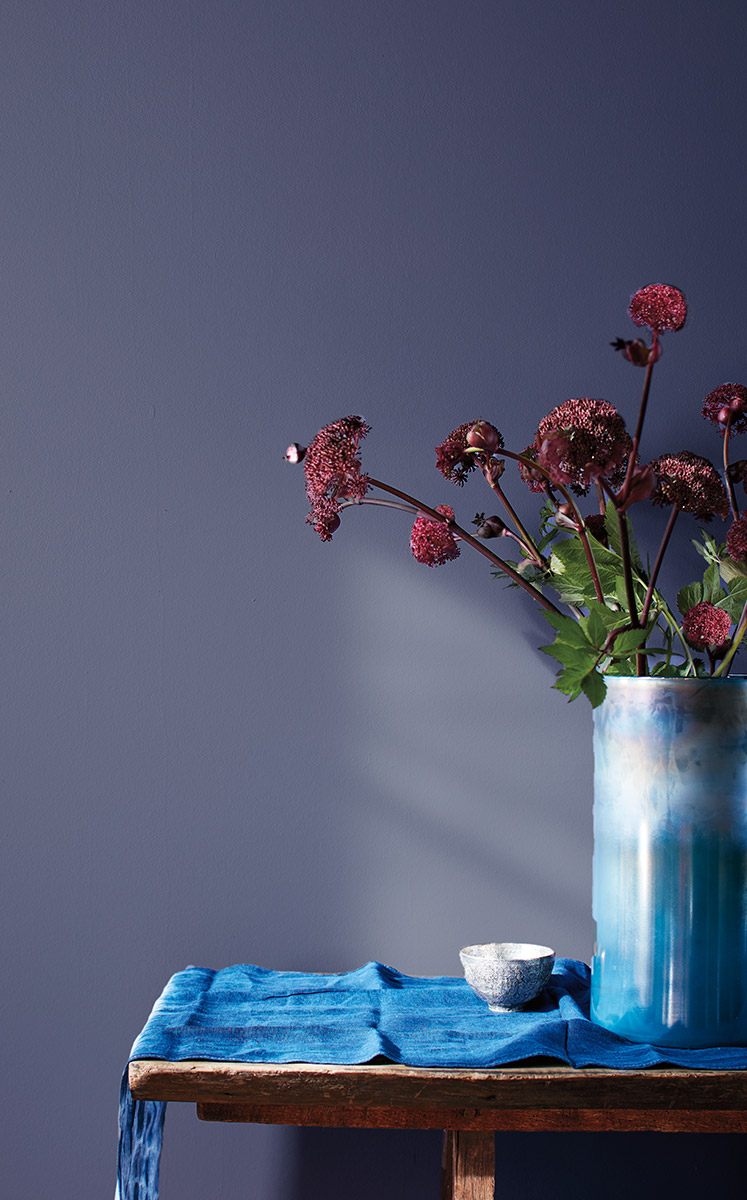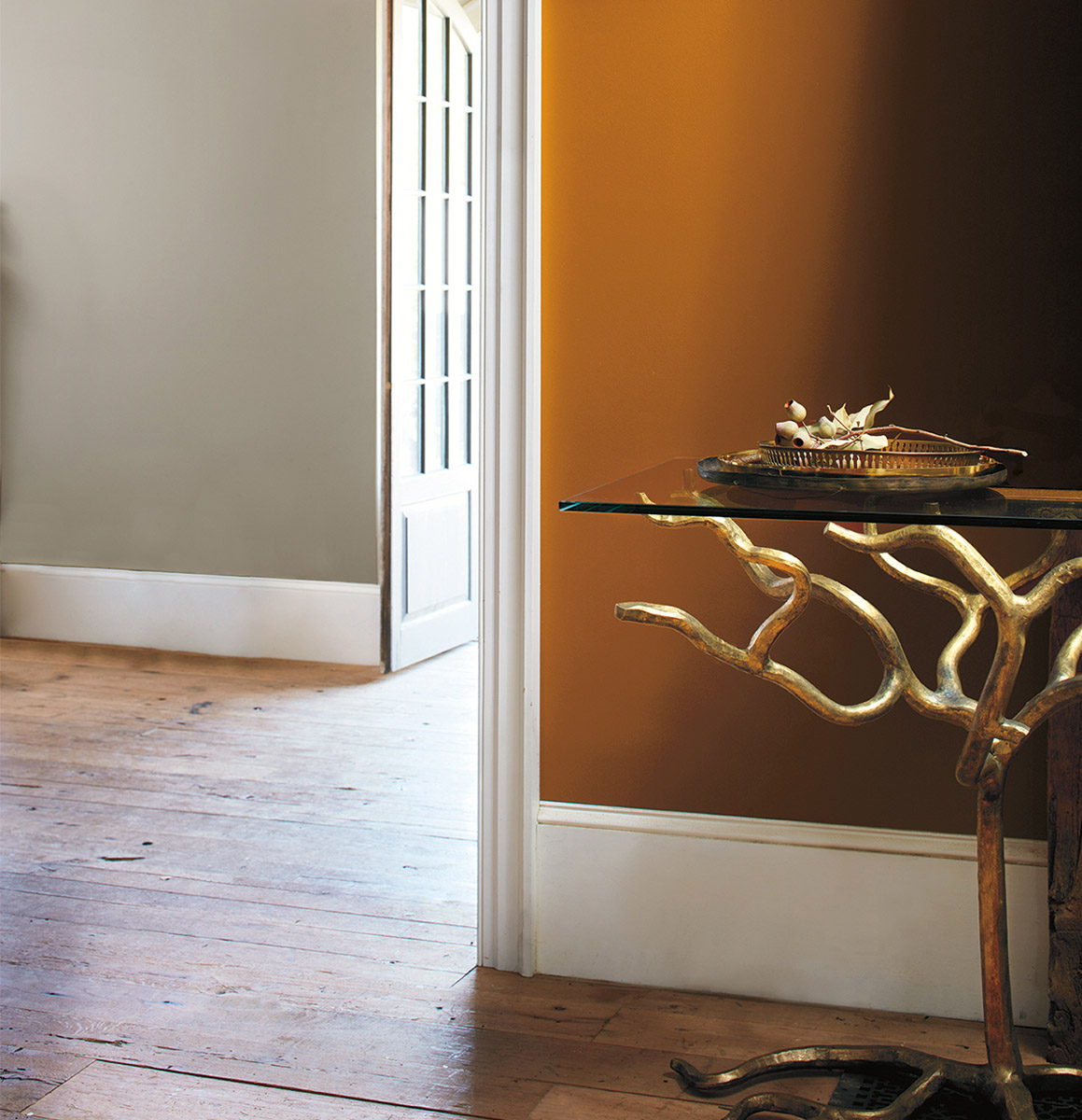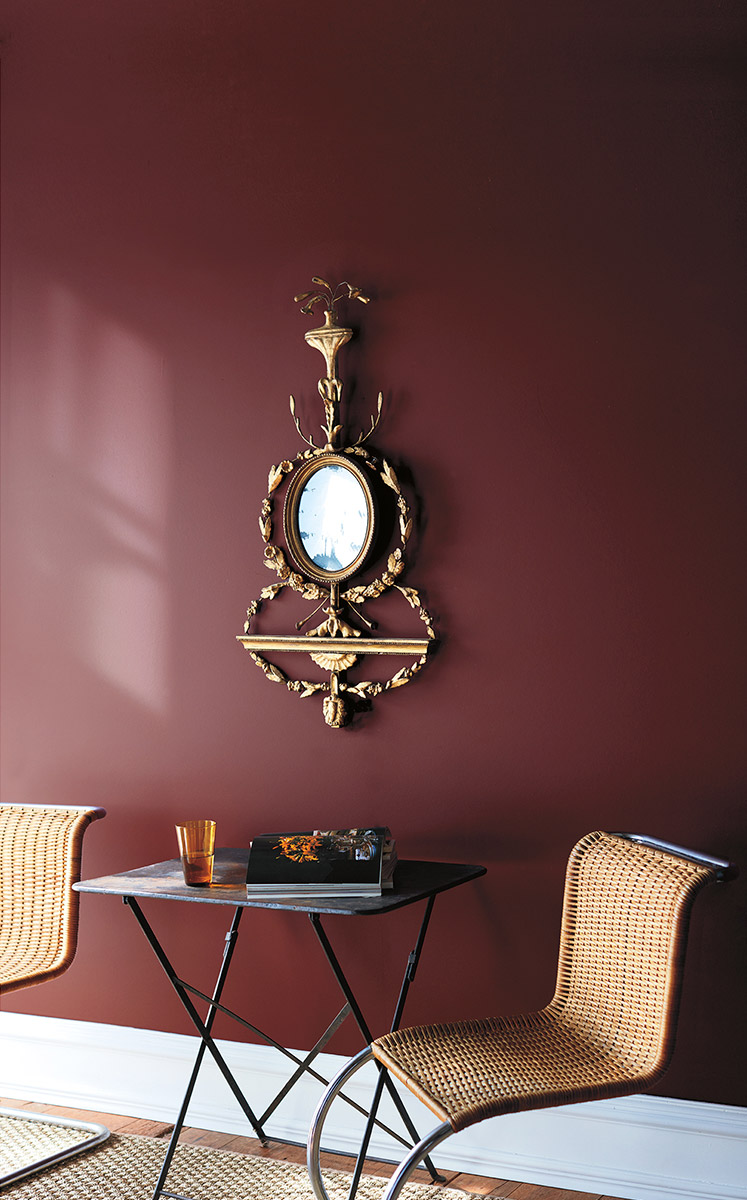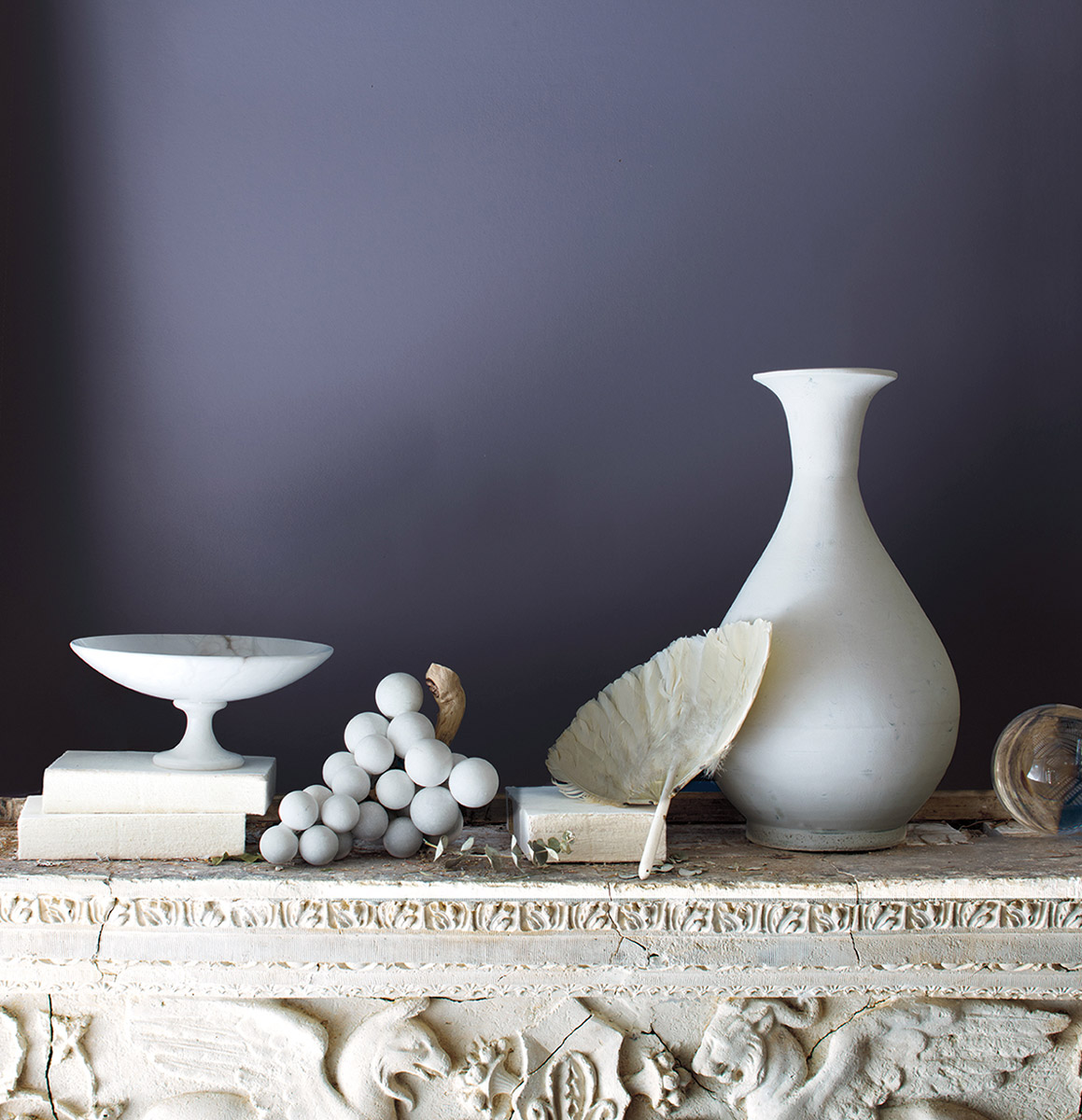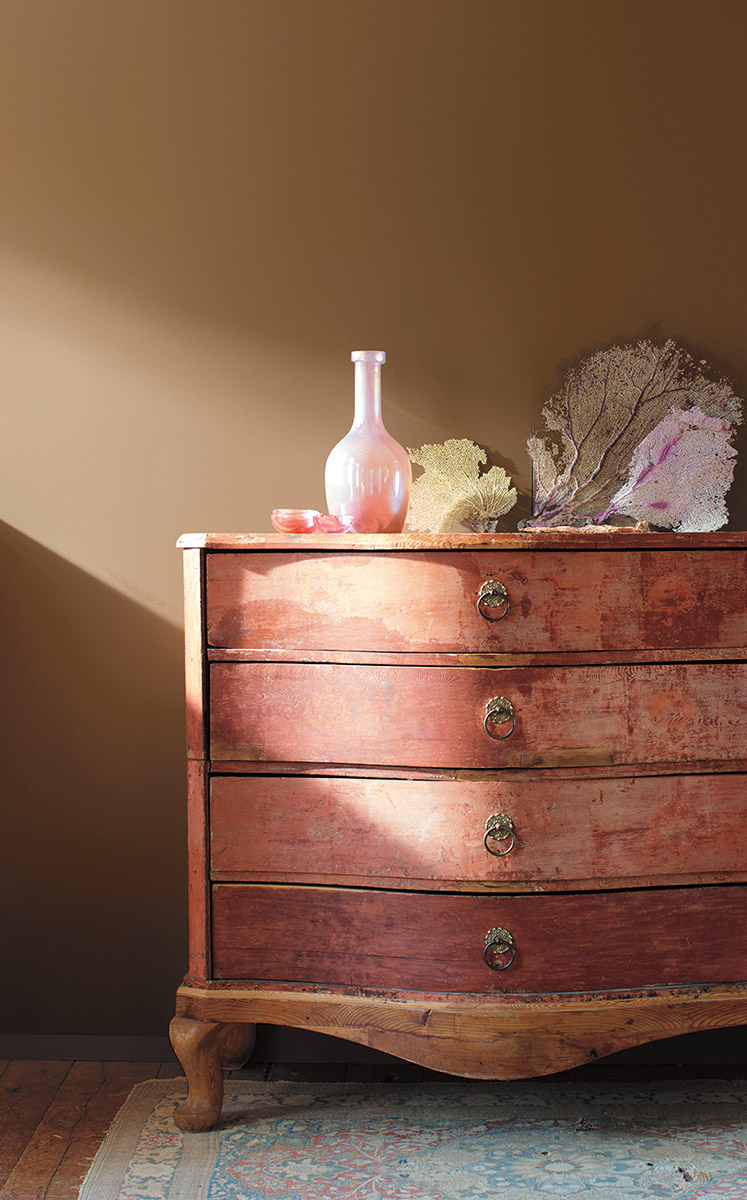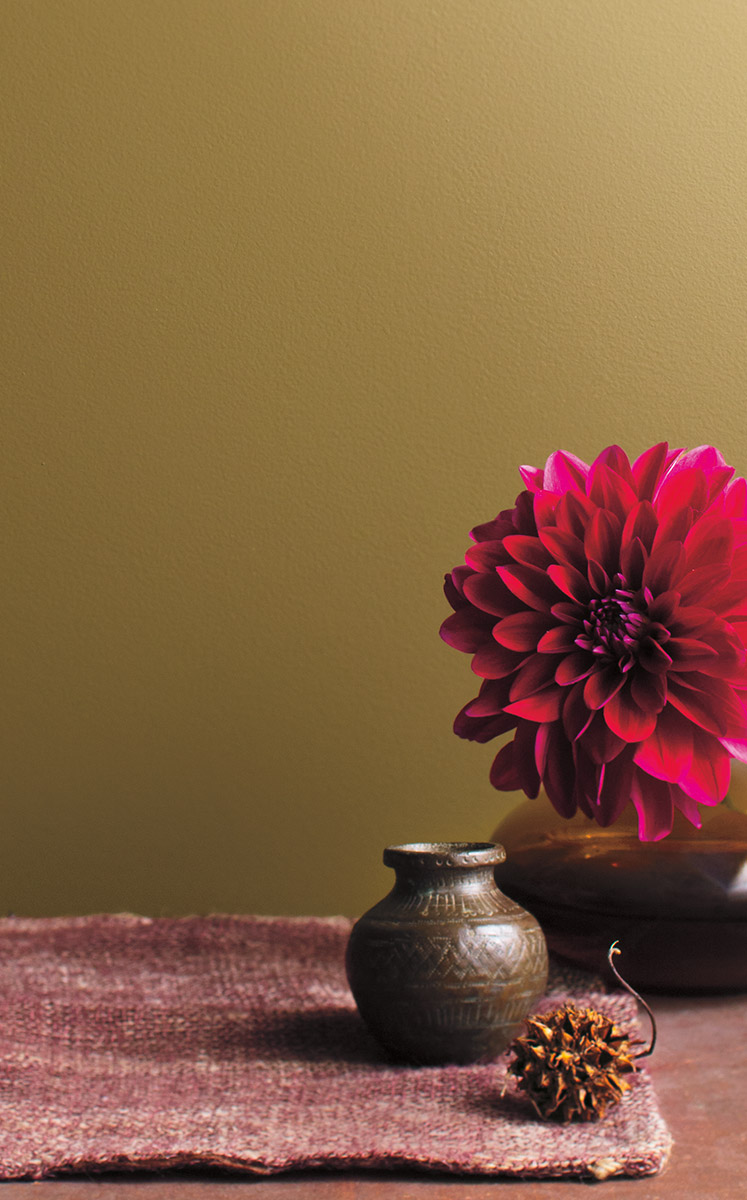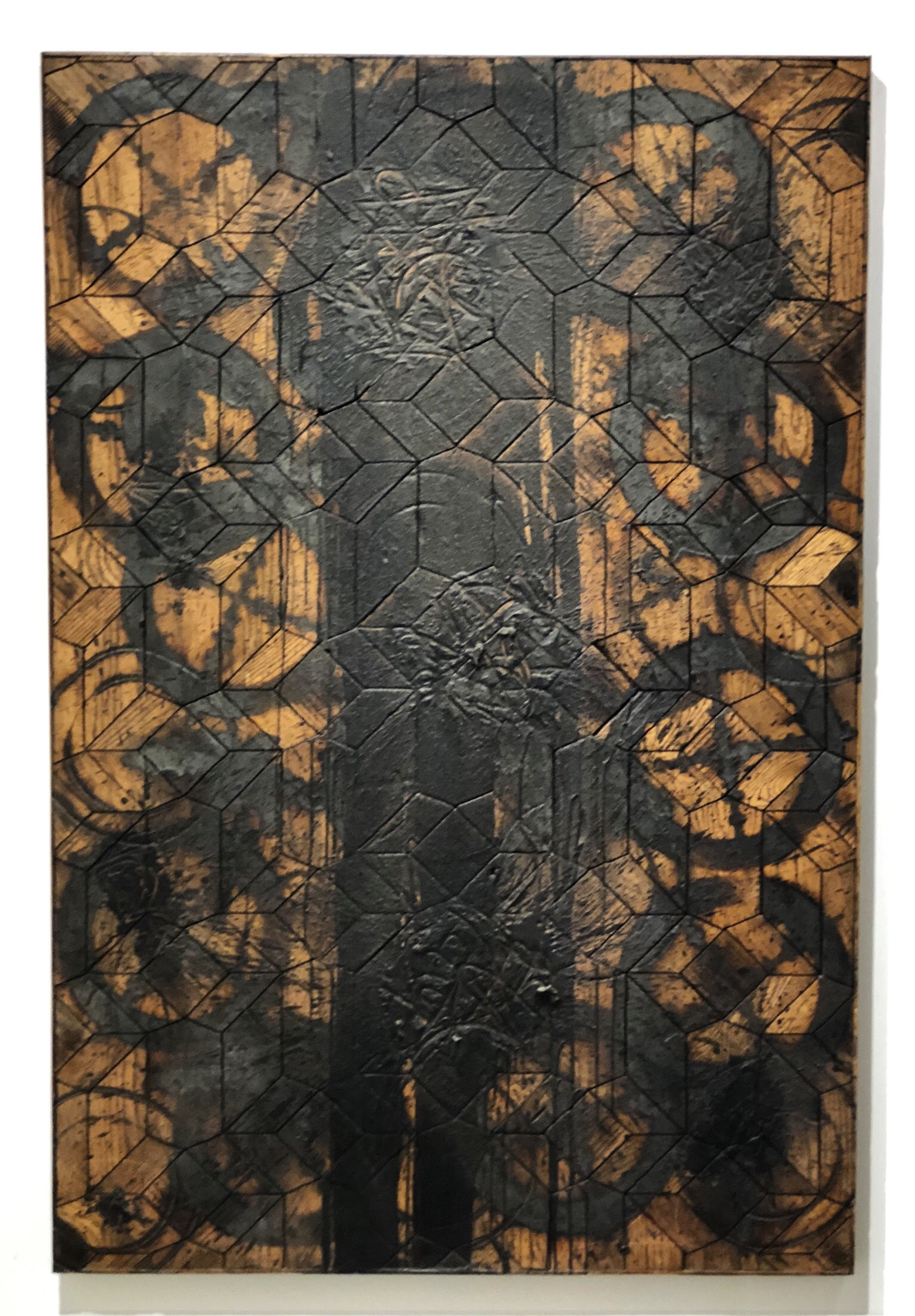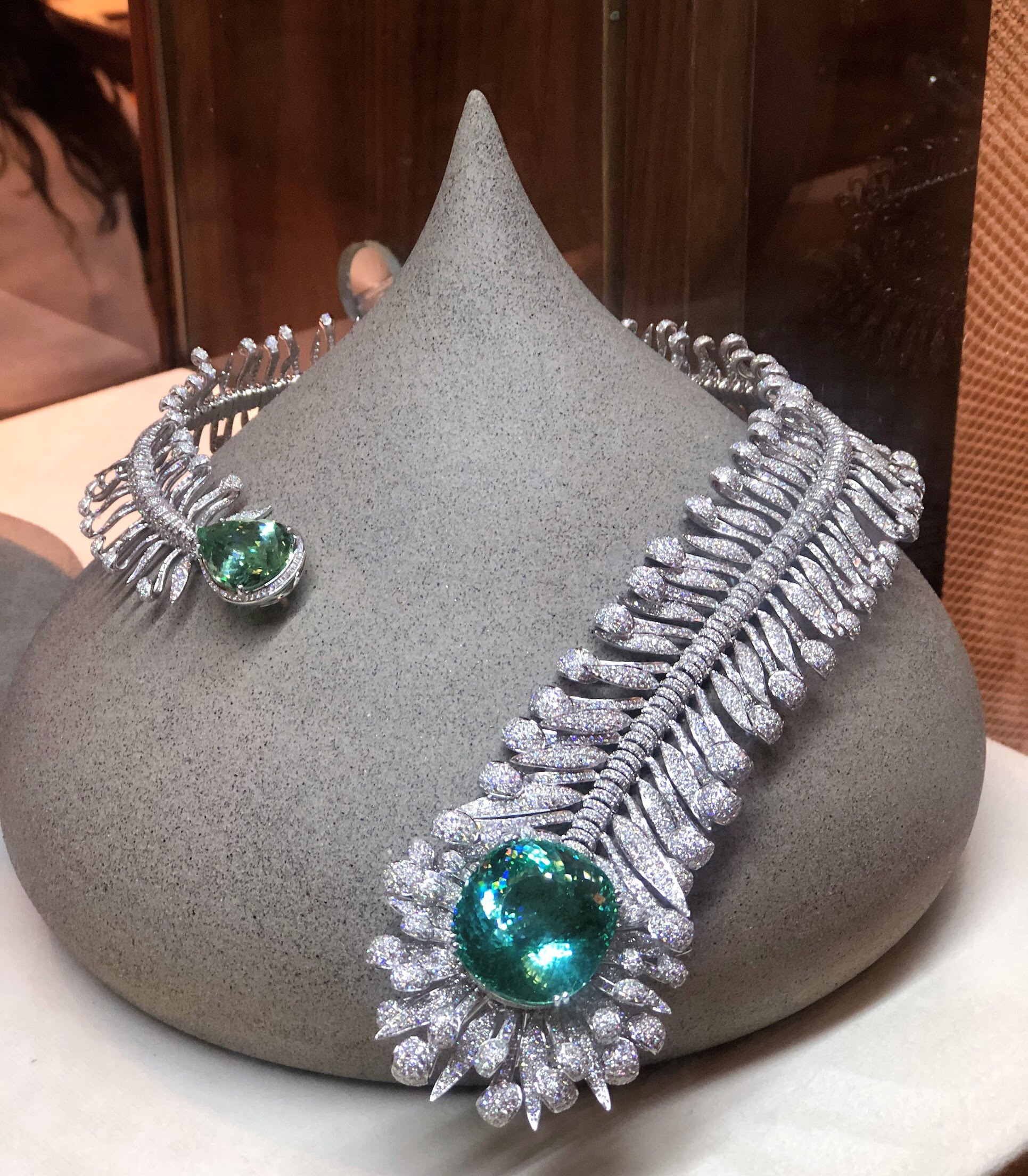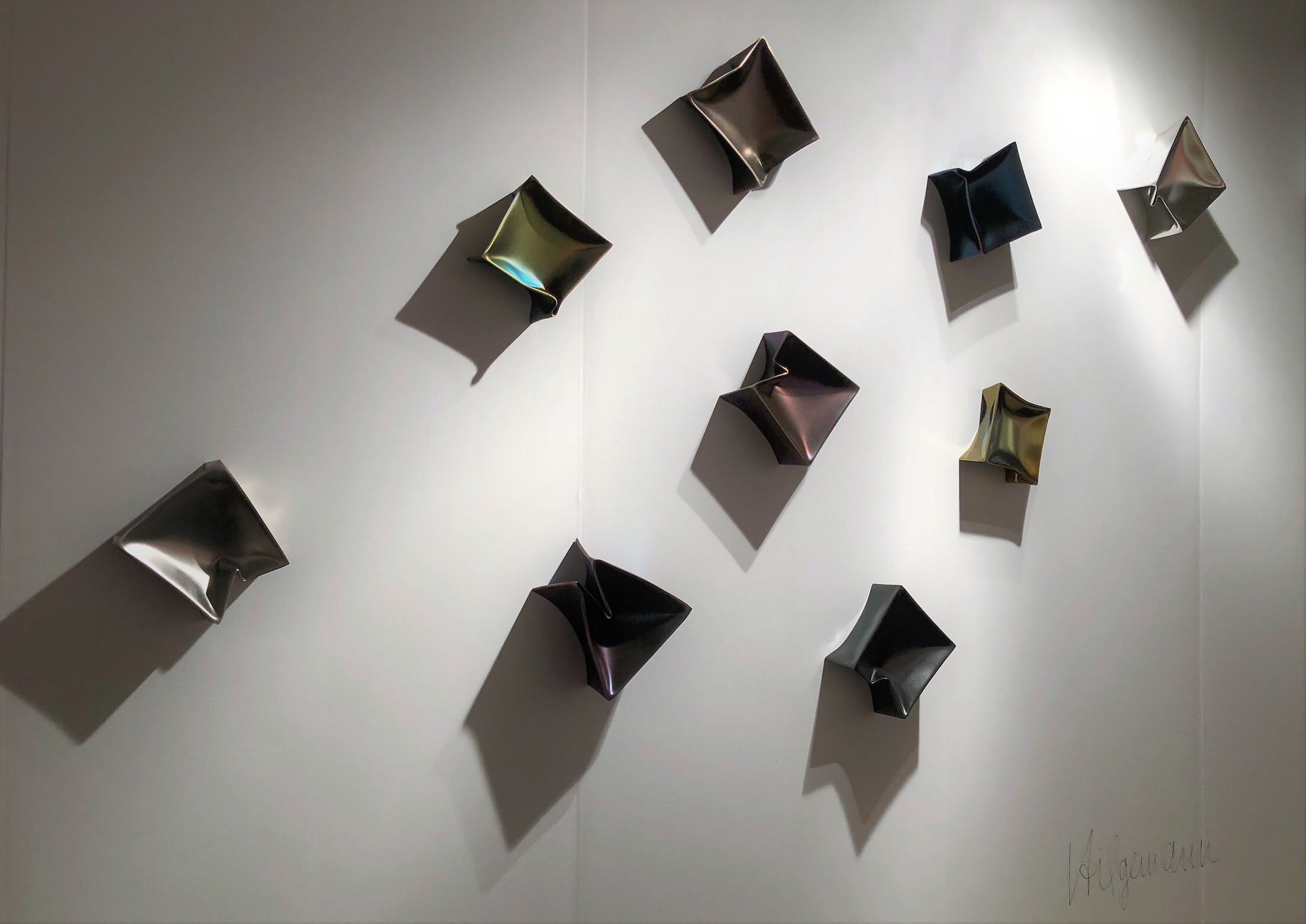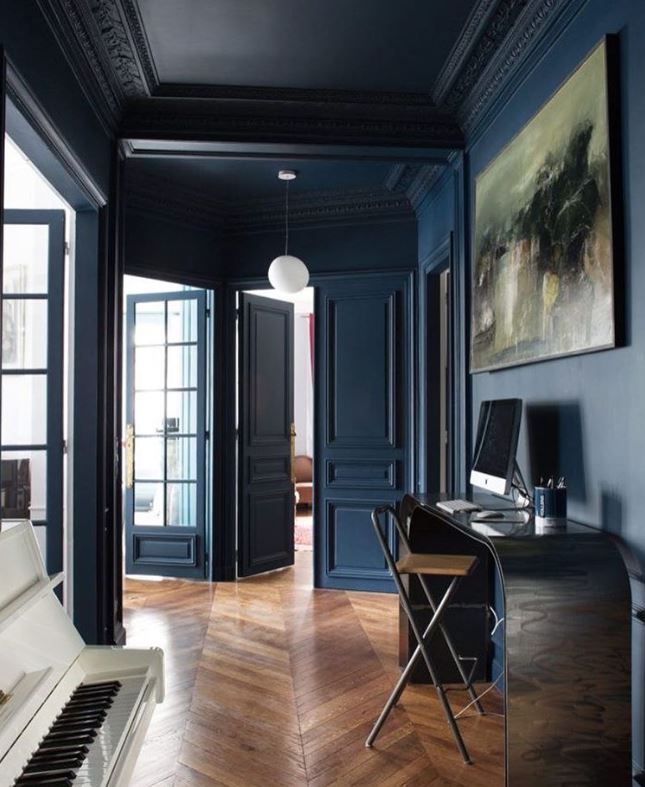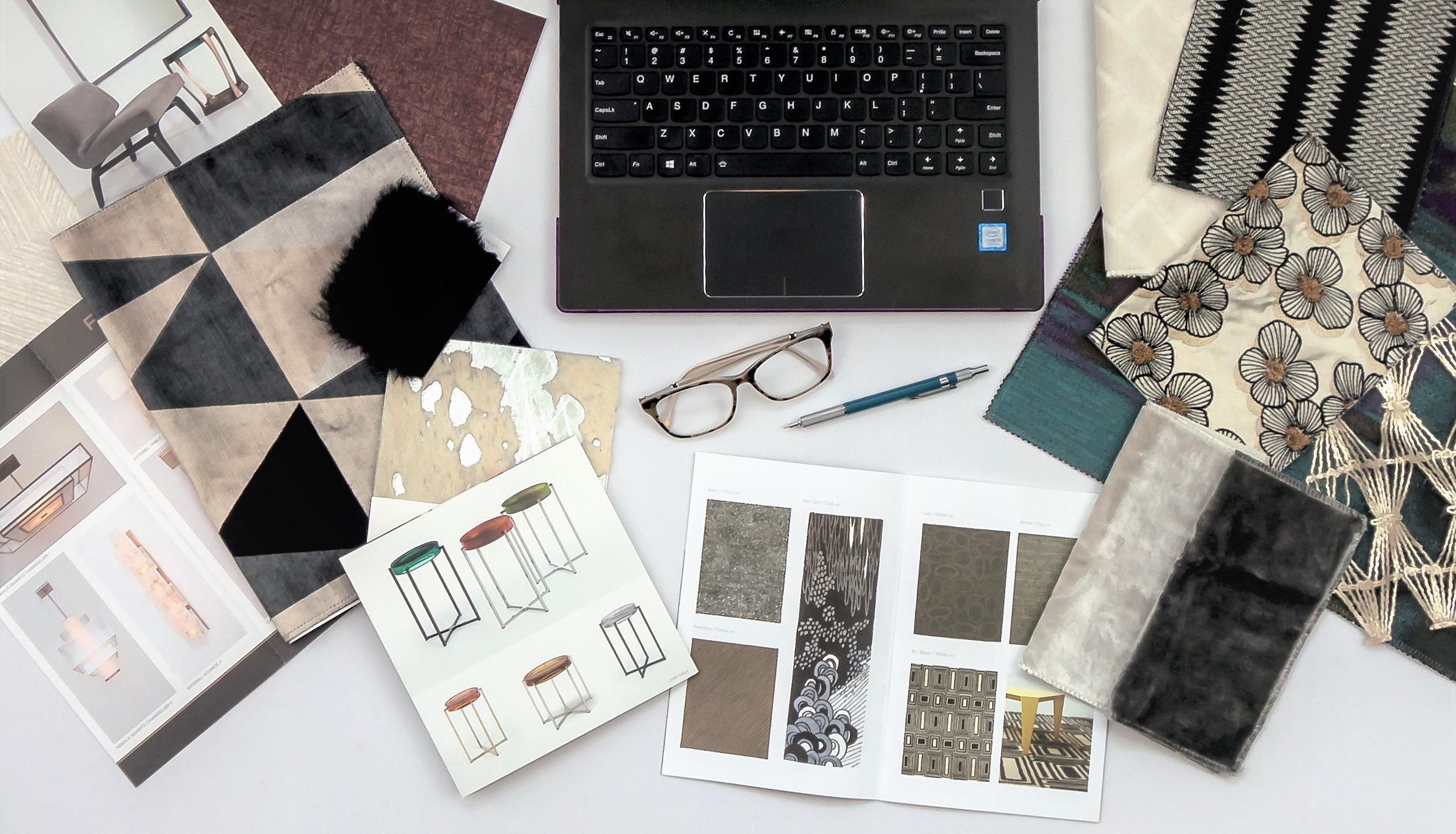
Design School 101: Wool Fibers
As a Interior Designer, I work with fabrics, carpets, and soft goods everyday. Understanding the properties of textiles is key to being able to make the right specification for the client. The inherent natural properties of wool make it a captivating choice the home or office. Here are the basics understanding wool as a fiber in interior design.
As a Interior Designer, I work with fabrics, carpets, and soft goods everyday. When specifying textiles I consider fiber content, durability, color fading, wear resistance, cost, longevity, environmental impact and if it’s appropriate for the specific application. Understanding the properties of textiles is key to being able to make the right specification for the client. The inherent natural properties of wool make it a captivating choice the home or office. Here are the basics understanding wool as a fiber in interior design.
https://www.woolmark.com/collaboration/interiors/striking-a-balance-2/?enforce=true
Synthetic vs Natural
First things first, fibers are generally broken down into two categories: Synthetic and Natural. From there, natural fibers are further broken down into cellulosic, plant based like cotton and linen, and protein based like wool.
Wool Production
Wool comes from the fleece of the sheep. The process by which wool is cut off from the sheep is called shearing. After sheering, the wool is sorted into 4 categories by quality: fleece, broken, bellies and locks. The quality of the wool is determined by a professional and is called wool classing. The most important factor is sorting the wool is the fiber diameter, along with crimp, yield, color and strength. The crimp and elastic qualities of wool make it different from hair and fur. The quality of the crimp corresponds to the fineness of the wool fibers.
Merino Wool
Most commonly known, is Merino wool. Southwestern Spain held a monopoly on the trade up until the 18th century. Modern Merino wool can be found in New Zealand and Austria. Even today, Merino sheep are still regarded as having some of the finest and softest wool of any sheep. What makes their wool so soft is that they have up to 100 crimps per inch. Corser wool may have as few as one or two crimps per inch. Less crimps decreases the ability to bind into yarn.
Global Production
Globally about 2 million tons of wool is produced. 60% of that goes into the apparel industry, only 3% to the textile market. Australia, China and New Zealand continue to be the three top produces of wool.
Color Considerations
Wool is naturally a creamy white color, although some sheep produce natural colors like black, brown and silver. Keep this in mind when designing a custom wool rugs. You will never be able to get a true “bright white” since wool naturally has a creamy undertone.
http://www.sassysewing.co.uk/is-wooly-wooly-warm/
Carpet
When it comes to carpet, we all love the look an feel of a natural wool, but the upfront cost is an investment. Wool is one of the best natural fibers to use in carpets as it is very durable and resilient. It has a superior hand and appearance. Each fiber on it’s own is relatively week, but together the fibers are resilient have and excellent elasticity. Wool is naturally resistant to soiling and cleans very easily. A wool carpet should last 10 years with proper care before showing signs of wear on the major walk ways. Wool carpet will keep it’s appearance longer than synthetic carpets.
https://www.woolmark.com/collaboration/interiors/striking-a-balance-2/?enforce=true
Fabric
Wool is a great fabric to use for window treatments and upholstery because of it’s resiliency. Crimps and creases fall out easily. Wool fabrics are often bulkier than other textiles because of the natural crimp keeping the fibers together, but allowing more air to be held. This causes the fabrics to retain heat.
Fire Factors
Although wool will ignite and burn at high temperatures, it has a low flame spread rating and will self extinguish when removed from heat. It has a low rate of heat release and combustion. It will not melt or drip when ignited. In the event of a fire, wool contributes less to toxic gases and smoke then other fibers used in carpets. This makes it an ideal material to be specified for high safety environments like trains and aircraft’s.
Environmental Factors
Wool is an all natural and renewable fiber. Wool products have a longer life span than other fibers. Wool is naturally antibacterial and antimicrobial. It contains fatty acids and inhibit the growth of mold, mildew and bacteria. This means that wool products do not need to be washed as frequently. Wool is recyclable! It can be shredded into individual fibers and converted into a new product. Once it eventually does reach the end of its life, wool fiber is naturally biodegradable!
https://www.millerwastemills.com/materials/wool-fiber/
Colorful Creatives: The Millennial Adventurer
Recently I met an young woman living her fiercest life. Liz Moorman, founder of The Millennial Adventurer, an inspirational blog to help fellow millennial’s pursue their passion and motivate them to live their best lives. We sat down and talked about how she became an entrepreneur, what keeps her motivated, and some of the biggest challenges of being a business owner. I hope you enjoy learning more about Liz and follow her on social media!
I can hardly believe it’s November already! A crisp fall day is absolutely my favorite, but as usual the Chicago weather has been unpredictable to say the least. This year felt as if we jumped right from summer to winter. Hopefully some beautiful autumn days lay ahead of us. Through this amazing journey of starting my own design business, one of the best things that has come out of it is meeting new people! It’s no secret that I love talking business, especially when I meet someone who is just as energetic as I am. I love supporting other young entrepreneurs in all creative fields.
Recently I met an young woman living her fiercest life. Liz Moorman, founder of The Millennial Adventurer, an inspirational blog to help fellow millennial’s pursue their passion and motivate them to live their best lives. We sat down and talked about how she became an entrepreneur, what keeps her motivated, and some of the biggest challenges of being a business owner. I hope you enjoy learning more about Liz and follow her on social media!
Elizabeth Jean Moorman | The Millennial Adventurer
www.millennialadventurer.com
IG @themillennialadventurer
FB @millennialadventurer
1. How did you get started with The Millennial Adventurer?
I just started. I know it sounds so simple and uncomplicated, but I had been dreaming of creating a business where all my biggest strengths came to play. This idea of helping other millennial’s learn how to be themselves and live their fiercest life through their purpose is so fulfilling that I can’t wait to see where it goes!
2. Did you always know you wanted to be an entrepreneur?
I always had a sixth sense of entrepreneurship. I had always seen myself as a business owner and running my own company. It has taken a while to get a clear vision of what I was wanting to create, but it is finally falling into place.
3. Do you work a day job or are you full time on your business?
I am currently still doing both- working a full time job, plus part time job, plus creating and maintaining my business. I am hoping that next year allows me to go full time into my business.
4. What is your favorite & least favorite “hat” to wear as a business owner?
My favorite is the organizer! I love organizing, planning, and just owning it! My least favorite is keeping up with social media and making myself present with it.
5. What are some of the biggest challenges you’ve had to overcome with owning your own business?
Honestly, knowing that I am enough and knowing that I deserve the success coming my way. I have always struggled with self-love and self-empowerment. My biggest challenges are always mentality.
6. How do you stay motivated?
Remembering my why, and realizing that this life I am working towards is better for myself, but also for everyone else around me as well.
7. What are you working on right now?
Currently working on finding coaches and speakers for my first ever Millennial Retreat!
8. Where do you look for inspiration?
Myself, my critters, and Gary V.
9. Where is your favorite place to work?
At home on the coach while my Great Dane, Lilly, pesters me!
10. How do you start your Monday?
Just like every other day! I wake up, make my fiance and I breakfast. After he leaves for work I do a daily journal, meditation, and gratitude practice. Then its time to hit the gym
11. What are some of your favorite textures/ materials?
I love wood grain, cowhide, and stone!
12. What are some colors you are connecting with right now?
I love neutrals! Neutral green, blues, and whites!
13. What is something you could not live without?
Animals! And umm, well Harry Potter. Gryffindor House!
14. Where is your favorite place to travel and with who?
Well, I always have wanted to travel but sadly I have only ever been to Florida and I love sharing it with my fiance!
15. What’s your favorite thing to do in your city?
Honestly, I love trying new places to eat! It is something we always try to do if we’re going out!
16. Any inspirational books you recommend?
The Subtle Art of Not Giving a F*ck! Really great read.
Big Magic: Creative Living Beyond Fear
“The Universe buries strange jewels deep within us all, and then stands back to see if we can find them. The hunt to uncover those jewels- that’s creative living. The Courage to go on that hunt in the first place- that’s what separates a mundane existence form a more enchanted one.”
I love that serendipitous moment when you stumble across something that you absolutely need in your life right at that moment. Most recently for me, that was Big Magic by Elizabeth Gilbert. I had already read Eat Pray Love, so I was familiar with her work and enjoyed her writing style, but I hadn’t gotten to the point where I was looking into her other books yet. One summer day, I walked over to my neighborhood library and I gravitated towards a book with a brightly colored spine. Big Magic: Creative Living Beyond Fear.
To all my fellow creatives out there, add this to your list. This book isn’t just for people in the creative fields, it’s for anyone who is struggling to embrace what they really want out of life. This book is about overcoming internal and external challenges, making the most out of everyday life and living out your dreams. This book helped on my journey of starting my own business, and I want to share it with you. Right now, maybe when you need it the most. Here are just a few moments that resonated with me. Remember, it doesn’t have to be perfect, you just have to start.
Q: What is creativity?
A: The relationship between a human being and the mysteries of the human spirit.
“The Universe buries strange jewels deep within us all, and then stands back to see if we can find them. The hunt to uncover those jewels- that’s creative living. The Courage to go on that hunt in the first place- that’s what separates a mundane existence form a more enchanted one.”
“Perfectionists often decide in advance that the end product is never going to be satisfactory, so they don’t even bother trying to be creative in the first place….Perfectionism is just a high-end, haute couture version of fear.”
The Letter to Fear
“Dearest Fear: creativity and I are about to go on a road trip together. I understand you’ll be joining us, because you always do. I acknowledge that you believe you have an important job to do in my life, and that you take your job seriously. Apparently your job is to induce complete panic whenever i’m about to do anything interesting- and may I say, you are superb at your job. So by all means, keep doing your job, if you feel you must. But I will also be doing my job on this road trip, which is to work hard and stay focused. And Creativity will be doing its job, which is to remain stimulating and inspiring. There’s plenty of room in this vehicle for all of us, so make yourself at home, but understand this: Creativity and I are the only ones who will be making any decisions along the way. I recognize and respect that you are part of this family, and so I will never exclude you from our activities, but still- your suggestions will ever be followed. You’re allowed to have a seat, and you’re allowed to have a voice, but you are not allowed to have a vote. You’re not to allowed to touch the road maps, you’re not allowed to suggest detours, you’re not allowed to fiddle with the tempter. Dude- your not even allowed to touch the radio. But above all else, my dear old familiar friend, you are absolutely forbidden to drive.”
Go ahead, touch the walls!
Benjamin Moore just released a line of paint with a soft touch matte finish and it’s absolutely beautiful.
Benjamin Moore just released a new line of paint with a soft touch, matte finish and it’s absolutely beautiful. With the smoothness and texture of a soft leather glove, there's no other paint like it. Last week, I was able to see this unique paint in person at the Merchandise Mart showroom. This finish is truly an amazing texture. Century comes in 75 pre-mixed gorgeous colors that are deeply pigmented to perfection. These rich autumn colors are inspiring me now.
Click here to learn more.
Exploring EXPO Chicago
This year I was fortunate enough to attend EXPO Chicago, thanks to Brizo and Delta Chicago’s Young Designers Night. EXPO is the International Exposition of Contemporary & Modern Art at Navy Pier.
This year I was fortunate enough to attend EXPO Chicago, thanks to Brizo and Delta Chicago’s Young Designers Night. EXPO is the International Exposition of Contemporary & Modern Art at Navy Pier. Every time I attend one of these large shows at Navy Pier, I’m always astounded at how large the facility is and how many artist’s work is on display. There are hundreds of international contemporary art galleries featured and something for everyone’s taste! It was amazing seeing all of the original contemporary art. Nights like this leave me feeling inspired! Here are some highlights from the evening.
Beyond the Color Wheel: Indigo
Indigo, the color of elegance, strength and wonder. It can stimulate clear thinking and captivates the imagination.
Indigo, the color of elegance, strength and wonder. It can stimulate clear thinking and captivates the imagination. Indigo is a dramatic color that creates a bold impact. Don’t be afraid to use a dark color in a small space. Indigo is a great choice for a powder room. It adds a richness and creates a cozy environment that is sure to wow your guests. Indigo also emits feelings of luxury, making it a great choice for a library, bar, entry or formal living room.
Photo Credit: @rededition
Photo Credit: @volcanod
While we see and use color in our everyday lives, rarely do we think about how that color has come to be. Indigo has an interesting history from being harvested as a natural dye, to the synthetic reproduction in the late 1800s and even it’s discovery on the color spectrum.
The history of indigo dates back to 4000 BC in what is now modern day Peru. The color indigo is named after the dye that is derived from the Indigofera Tinctoria plant. Though the complicated process has been modernized by machines, creating natural indigo dye is incredibly cumbersome.
“First the greenery was fermented in an alkaline solution. The liquid was then drawn off and vigorously beaten to aerate it. This caused a blue sediment to form, which was then dried into cakes or blocks to be sent off to market.” (The Secret Lives of Color)
Photo Credit: ayafiberstudio.com
In the 1660’s, Isaac Newton discovered that indigo was one of the seven base colors. He projected a beam of sunlight through a prism to create the rainbow,
“The...primary colours are, Red, Yellow, Green, Blew, and a Violet-purple, together with Orange, Indico, and an indefinite variety of Intermediate gradations.”
Culturally, indigo is found in the burial customs of many cultures. The ancient Egyptians dyed the edge of their burial linens with indigo. In fact, most of the Tutankhamun’s wardrobe was indigo.
Blue Kerchief from Tutankhamun's Embalming Cache
Today, most indigo dye is synthetic. Indigo was first synthesized by Adolph von Bayer, who identified the molecular structure of natural indigo and recreated it in a lab. This allowed indigio to be made on demand. Synthetic dye is more durable and does not lose its pigmentation as quickly over time. Most commercial denim is made using synthetic indigo. Though synthetic indigo is more readily available and cheaper, it does not have the same quality and depth as natural indigo.
Whether synthetic or natural, indigo is not going anyway where. This thousand year old color maintains its appeal in interior design, art, textiles and fashion.
Bonus fact: It was discovered in 2008, that when a banana becomes ripe, they glows indigo under a blacklight. This allows animals who see ultraviolet to know when a banana is ripe and ready to eat.




